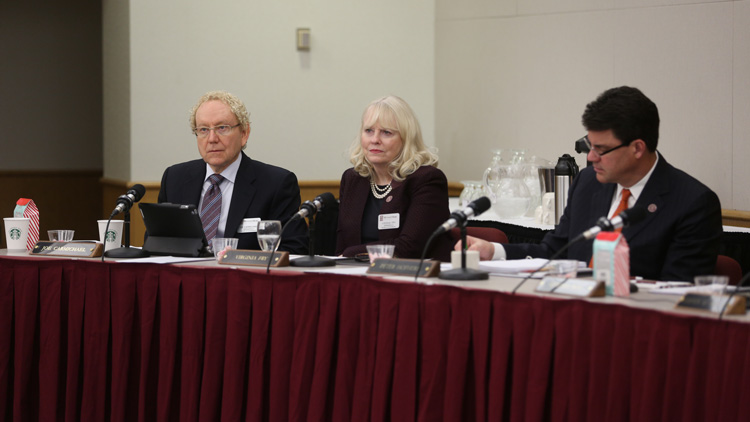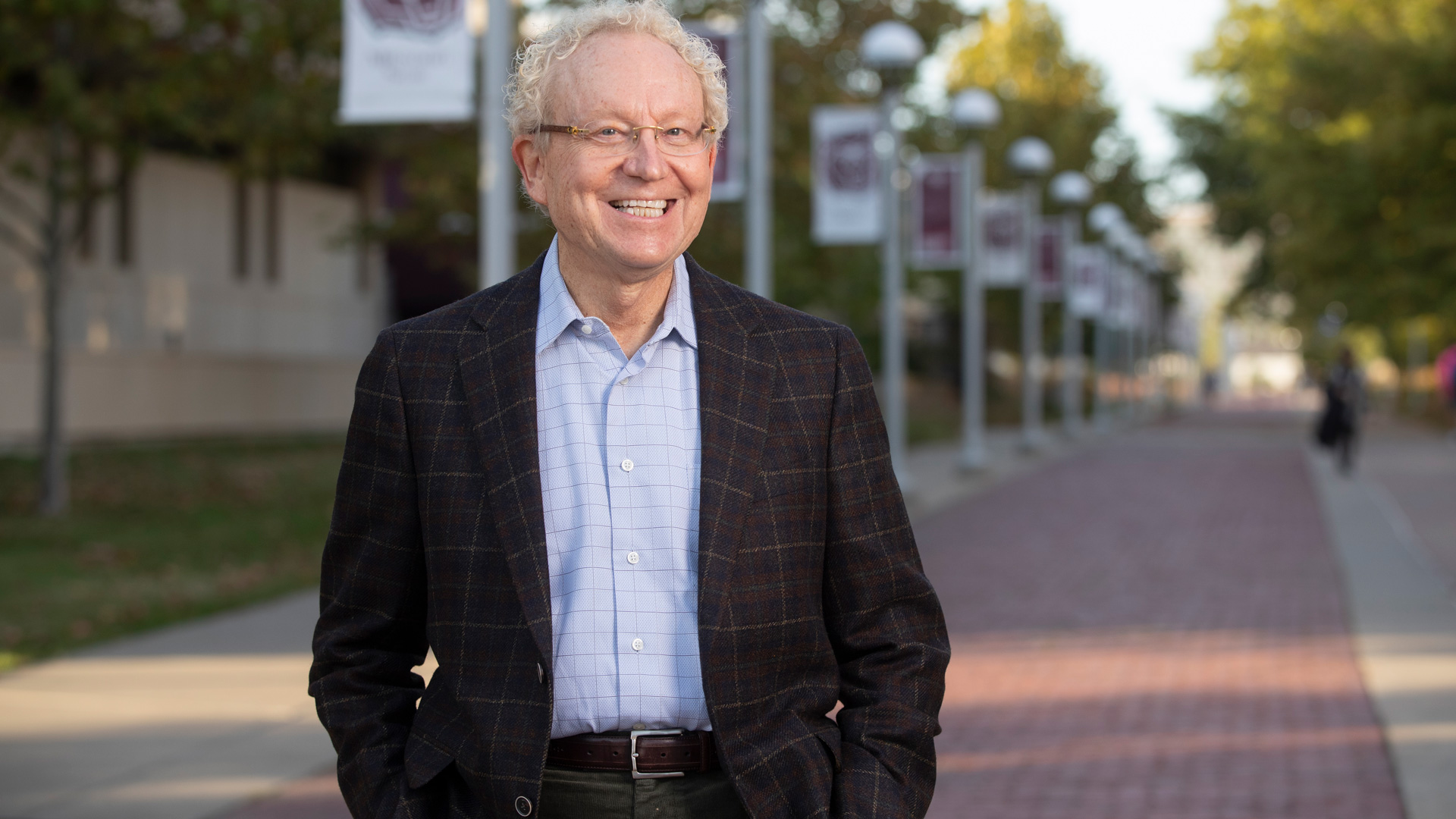When Joe Carmichael enrolled at Missouri State, his goal was to go into the foreign service.
But life shifted him in a different direction.
After earning his bachelor’s degree at MSU, this Springfield native went to law school at the University of Arkansas and decided to become a tax lawyer.
“I fell in love and got married. Trotting around the world didn’t seem very practical at that point,” Carmichael said.
He worked in Tulsa, Oklahoma, for a few years. There, he became a certified public accountant.
Carmichael moved back to Springfield in 1975, started his own practice and began teaching at Missouri State in the accounting department.
After three years, his law practice had grown to the point where he needed to choose between the two careers.
“It wasn’t in the cards to do both. I had a young family with two children, and practicing law was the path I chose. I’m one of those lucky people. I’ve enjoyed everything I’ve done,” Carmichael said.
His practice has been around for more than 40 years, although his partners have changed.
Today, Carmichael devotes 15 percent of his time to the practice.
He also helps his wife, Marie, with her real estate development company. Before the pandemic, they loved to travel.
He’s been married to Marie for 47 years. They have two children: a son who is a colorectal surgeon and teaches at the University of California, Irvine, medical school; and a daughter who is an emergency room doctor at Liberty Hospital in Kansas City. The Carmichaels have two grandchildren.
Becoming a bigger part of the university behind the scenes
While he has always been a proud Bear, Carmichael’s involvement with the university deepened in January 2013. That’s when then-Governor Jay Nixon appointed Carmichael to the Missouri State University Board of Governors.

One board member serves as a liaison to the foundation, and that was Carmichael’s job. He attended executive committee meetings and investment committee meetings. Carmichael became chair of the Board of Governors and more involved in the foundation.
Most recently, he was involved in the long-range planning process.
“The long-range planning process really breathed new life into the Missouri State University Foundation. One of the outgrowths of that process is getting members more involved and more engaged.”
In February 2020, there was a retreat with trustees, alumni and friends of the university. They brainstormed ways the foundation could function better, grow and get people more engaged.
“The question came, how can we have a foundation that goes beyond just collecting donations and having investments that provide scholarships? What more can we as a foundation do, and how can we provide more satisfaction to our trustees for being trustees? And what more can trustees bring to the university, other than then their donations?” Carmichael said.
They developed a long range plan. Out of that came subcommittees. The foundation already had an executive committee and a finance committee, but they added four additional committees:
- A stewardship committee to be responsible for relations among and with trustees.
- A development committee to focus on fundraising and development.
- An audit and risk management committee to ensure the foundation is doing its due diligence with regard to the assets with which it is entrusted.
- A governance committee to help determine who becomes a trustee, make any needed structural changes to the foundation and ensure the recent changes get embedded in the bylaws.
Creating new and deeper ways for MSU supporters to be involved
Something that was important to the group was finding a way to connect more with trustees to give them a deeper sense of purpose.
“Many trustees are very successful people with a lot to offer and they’re generous with their donations of money. But let’s give them an opportunity to be generous with their knowledge and their ideas and their connections. As our university grows, connections around the country are going to be more important,” he said.
The foundation plans to connect trustees more with colleges at the university where they could be guest speakers, mentors or offer advice to students. Trustees will also serve on subcommittees.
The pandemic made foundation members realize the potential and power of virtual connections. They hope this will allow trustees who live outside the region to be more involved with the university, get more connected and feel satisfied.
It already seems to be working. At the annual meeting, trustees were more engaged, energized and shared a lot of ideas.
The role and responsibility of the foundation has increased in time. Universities used to be able to rely on state funding to help with capital improvements, but now much of that fundraising is done by the foundation because funding has been cut. The foundation provides significant financial support to the university.
And as its role changed, its structure needed to be tweaked.
“Part of what’s happened is our university has grown up, and the foundation needed to make some changes and become more reflective of not only the times we live in, but the needs and what’s going on at the university,” said Carmichael. “I’m excited about the foundation and this new path we’ve taken.”


Leave a Reply